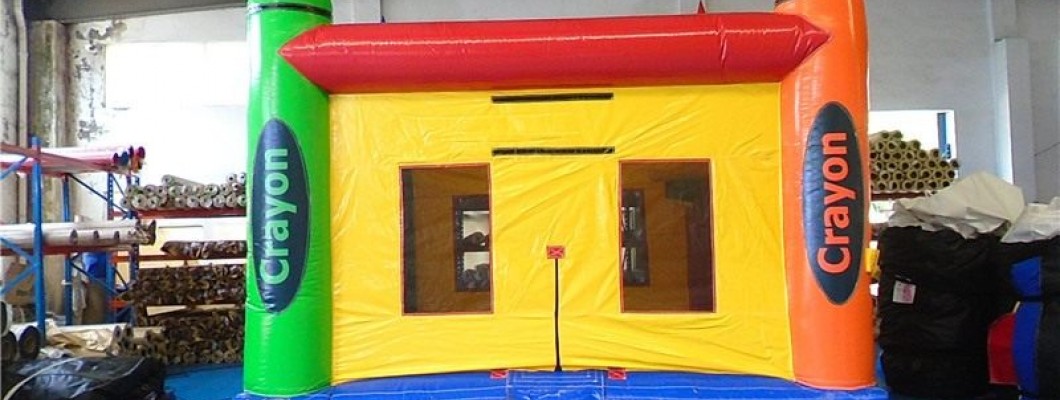
Bounce houses are a popular attraction for outdoor events, but the weather plays a crucial role in determining whether they can be used safely and effectively. Understanding the suitable weather conditions for bounce house use is essential to ensure the safety and enjoyment of all participants. Here’s what you need to know about the ideal weather conditions for setting up a bounce house.
Ideal Weather Conditions
The best weather for using a bounce house is on clear, mild days when there’s little to no wind. Here’s what makes for perfect bounce house weather:
- Clear Skies: A sunny or partly cloudy day with no rain in the forecast is ideal. Clear skies ensure that the bounce house remains dry, providing a safe surface for kids to play on.
- Mild Temperatures: Temperatures between 60°F and 85°F (15°C to 29°C) are perfect for outdoor bounce house use. These conditions are comfortable for children and help prevent the bounce house from becoming too hot or too cold.
- Low Humidity: Moderate humidity levels are best, as high humidity can make the bounce house surface slippery, while low humidity ensures that the bounce house remains firm and stable.
- Light Winds: Wind speeds of less than 15 mph (24 km/h) are ideal. Light winds help keep the bounce house stable and safe for use.
Weather Conditions to Avoid
Certain weather conditions can make using a bounce house unsafe or impractical. Here are the weather scenarios to avoid:
- Rain: Wet conditions are unsafe for bounce house use. Rain can make the surface slippery, increasing the risk of falls and injuries. Additionally, water can damage the blower and the bounce house itself.
- Strong Winds: Wind speeds above 15 mph (24 km/h) can pose a serious safety risk. High winds can cause the bounce house to shift or even lift off the ground, endangering the children inside.
- Extreme Temperatures: Very hot temperatures (above 90°F or 32°C) can make the surface of the bounce house uncomfortably hot, leading to burns or dehydration. On the other hand, very cold temperatures (below 50°F or 10°C) can make the material stiff and less bouncy, reducing the fun and safety.
- Lightning and Thunderstorms: Any signs of lightning or thunderstorms require immediate cessation of bounce house activities. The risk of electrical shock and strong winds makes these conditions extremely dangerous.
Safety Tips for Bounce House Use in Varying Weather
If you encounter less-than-ideal weather, consider the following safety tips:
- Monitor the Forecast: Always check the weather forecast before setting up a bounce house. Be prepared to cancel or reschedule the event if bad weather is expected.
- Secure the Bounce House: Even on mild days, it's important to properly anchor the bounce house to the ground. Use stakes, sandbags, or water barrels to keep it stable.
- Supervise Constantly: Always have an adult supervise the bounce house to monitor for changing weather conditions. If the weather turns bad, be ready to deflate and store the bounce house quickly.
Conclusion
The most suitable weather for bounce house use includes clear skies, mild temperatures, and light winds. Avoid using a bounce house in rain, strong winds, extreme temperatures, or during thunderstorms. Always prioritize safety by monitoring weather conditions and being prepared to take action if the weather changes. By choosing the right conditions, you can ensure a fun and safe experience for everyone involved.

Leave a Comment